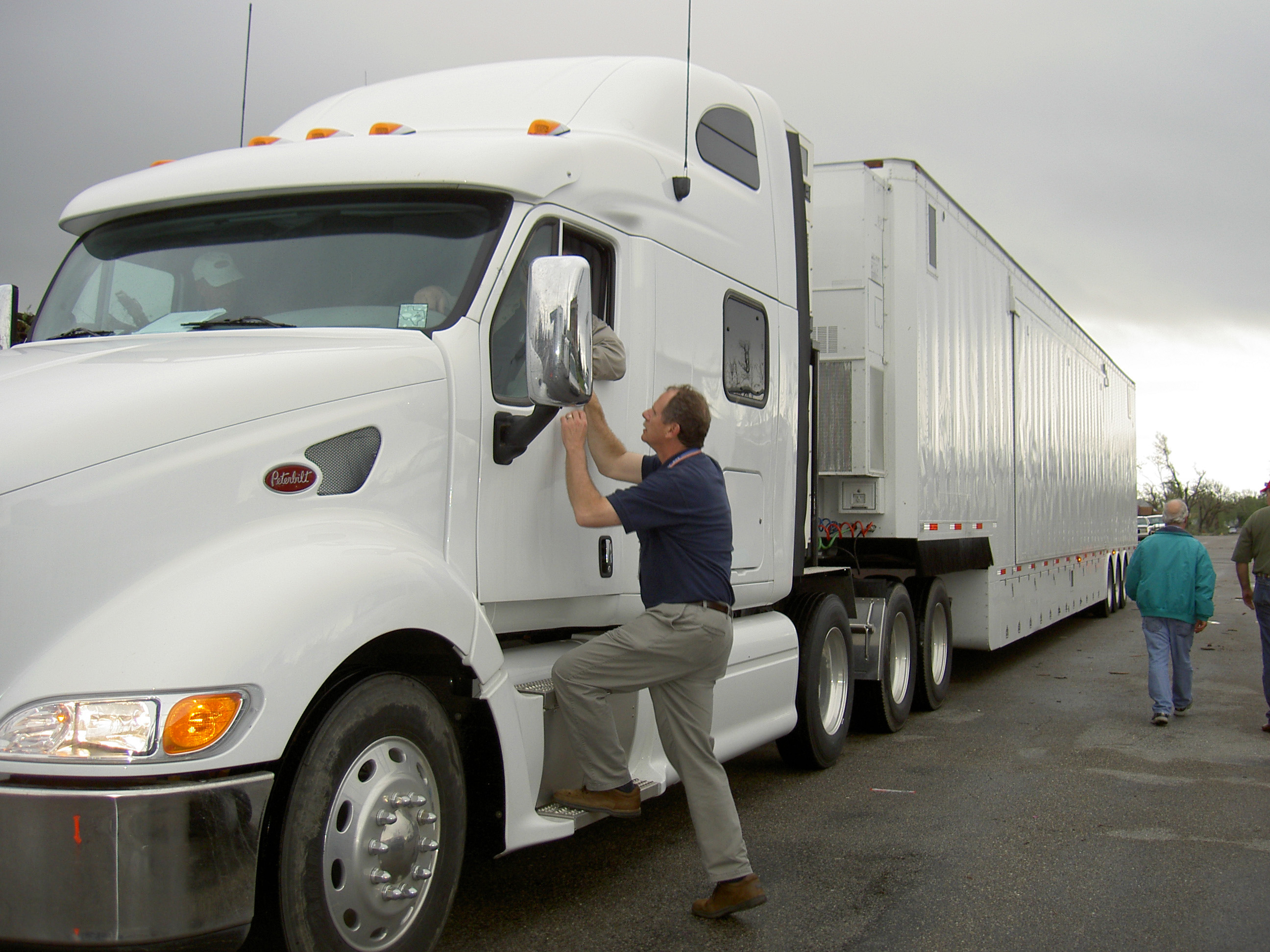This Tuesday, the Occupational Safety and Health Administration (OSHA) hosted a public meeting on whistleblower protections in the transportation industry at the Department of Labor headquarters. The meeting was organized by OSHA to obtain feedback from stakeholders about how it could better promote, enforce, and operationalize its OSHA Whistleblower Protection Program. The meeting featured unions, industry representatives, former whistleblowers, and whistleblower attorneys.

The first half of the meeting was devoted to discussing issues with OSHA’s Whistleblower Protection Program for truck drivers. Jay Grimes, the director of federal affairs for the Owner-Operator Independent Drivers Association, opened up the discussion by explaining why the methods of reporting complaints for truck drivers were inefficient, an issue which prevents drivers from using the reporting database. (Under the Surface Transportation Assistance Act (STAA), truck drivers who experience retaliation after blowing the whistle can file a complaint with OSHA.) In addition, Grimes addressed the issue of low win rates for whistleblowers who file complaints with OSHA. Not only does this prevent potential whistleblowers from coming forward but it also allows current employers who retaliate against whistleblowers to get away with their actions.
Increase In OSHA Whistleblower Cases
Grimes has a point. The amount of whistleblower cases under the STAA has increased from 297 cases in 2007 to consistently over 400 cases each year since 2014. This may demonstrate that whistleblowers are more comfortable coming forward, but the number of cases achieving positive results is still low. In 2017, 383 of 489 cases were either dismissed, withdrawn, or moved to federal court after OSHA failed to issue a decision within statutory guidelines. While the number of whistleblowers that come forward is increasing, the low rate of positive outcomes is likely a sign of procedural shortcomings and may deter other whistleblowers from coming forward.
Even the manager of safety and occupational health policy at the American Trucking Association (ATA), Abigail Potter, showed her support for whistleblowers, stating that the ATA supports them and that their reports are “necessary to create a safe work environment.” Potter then explained that many cases do not meet the threshold required by STAA regulation—a possible reason for the low number of positive case results. Though Potter may be right, the extremely low rate of positive case results demonstrate that OSHA should do more to improve their whistleblower protection program.
Railroad Whistleblowers Flag Management Issues
The second half of the meeting focused on railroad whistleblowers. Ever since the STAA was amended in 2007, railroad whistleblower protections were transferred to OSHA from the Federal Railroad Administration (FRA). This change resulted in improved anti-retaliation protections for workers who request medical treatment or follow medical orders.
Former BNSF Railway Co. whistleblower, Mike Elliott, attended the meeting. He experienced retaliation from BNSF after reporting faulty train signals in 2011. Elliott’s complaint led to an investigation and the FRA discovered 357 safety violations, including 112 signal system defects. Further, OSHA figures show that among the top ten targets of complaints from 2007 to 2015, seven were railroad companies, including BNSF.
Fritz Elder with Railroad Workers United spoke about his firsthand experience with the consequences of whistleblowing against railroads at the local level. He discussed how managers who are found responsible for violating whistleblower protections are not being held accountable.
The stories and evidence all point to a corporate culture that is often indifferent towards injured workers and whistleblowers. While OSHA is not directly responsible for enforcing regulations that prohibit retaliation against workers (FRA holds this authority), Larry Willis, the president of the Transportation Trades Department, suggested that OSHA should take steps to inform managers about the existence of worker protections and prohibitions that prevent retaliation against workers. Willis also suggested that OSHA should “take full advantage of its statutory ability to force an employer to train managers on compliance with whistleblower statues.”
If there are no costs for retaliating OSHA whistleblowers, the culture at railroad companies will not change. Railroad and trucking industry whistleblowers play an essential role in exposing abuse, and are key to creating a safer work environment, as the ATA has acknowledged. Hopefully OSHA can act on the information provided by stakeholders to encourage more OSHA whistleblowers to come forward.
